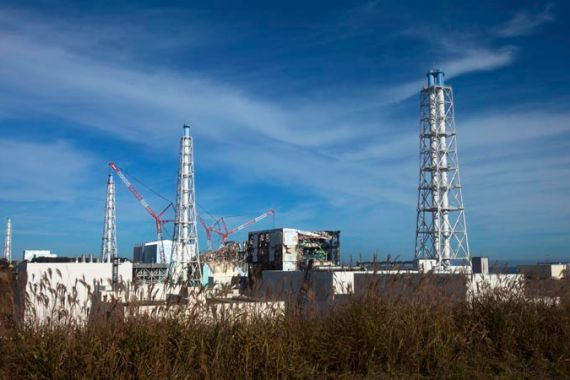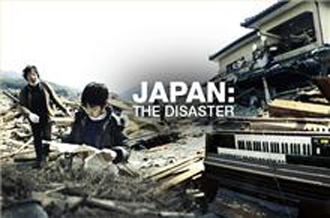IAEA approves Japan nuclear ‘stress tests’
The UN watchdog says it is satisfied with series of safety tests carried out by Japan in wake of Fukushima meltdown.

The UN’s nuclear watchdog has given its seal of approval to Japan’s reactor safety checks, but said power companies should step up plans for managing disasters in the wake of the Fukushima meltdowns.
A delegation from the International Atomic Energy Agency (IAEA) is in the country at the government’s invitation as officials look for ways to convince a deeply sceptical population that the country’s nuclear plants are safe to restart.
Keep reading
list of 4 itemsTurtles swimming to extinction in Malaysia as male hatchlings feel heat
Could shipping containers be the answer to Ghana’s housing crisis?
Thousands protest against over-tourism in Spain’s Canary Islands
The government’s Nuclear and Industrial Safety Agency (NISA) asked the IAEA to assess the stringency of the so-called stress tests to which all reactors were subjected before being given the green light to resume operations.
“The conclusion of the team is that NISA’s instructions and review process for the comprehensive safety assessments are generally consistent with IAEA safety standards,” the delegation said in a statement on Tuesday.
But the watchdog said further tests of the reactors should also look at how the utilities operating them would deal with a worst-case scenario.
“NISA should ensure that in the secondary assessment the provisions for mitigation of severe accidents should be addressed more comprehensively,” the report said.
‘Engage with people’
NISA should make sure companies “develop comprehensive accident management programmes … in the area of severe accident management,” it said.
 |
The mission also urged Tokyo to engage with people living in the shadow of nuclear plants as it tried to convince them the technology was safe.
“In any of these processes, the more information can be exchanged with the people in the local vicinity, the better,” James Lyons, the delegation’s team leader, told a news conference.
But he noted that Japan, not the IAEA, had to decide on whether to restart nuclear power plants in the country, saying: “That’s not part of our decision-making process.
The stress tests were introduced as a way of determining how reactors would cope with the impact of large-scale natural disasters after meltdowns and explosions at Fukushima Daiichi caused by last March’s earthquake and tsunami.
Radiation was scattered over a large area and made its way into the oceans, air and food chain in the weeks and months after the disaster, reversing the mood among Japan’s once nuclear-friendly public.
Since the disaster the vast bulk of nuclear plants have been shut down as local authorities blocked their being restarted following routine safety checks or maintenance.
Japan has instead had to massively ramp up imports of fossil fuels and curb power useage as it tries to make up the shortfall in power generation.
More than 19,000 people died in the natural disaster, but the nuclear emergency, the world’s worst since Chernobyl a quarter of a century ago, is not thought to have directly claimed any lives.